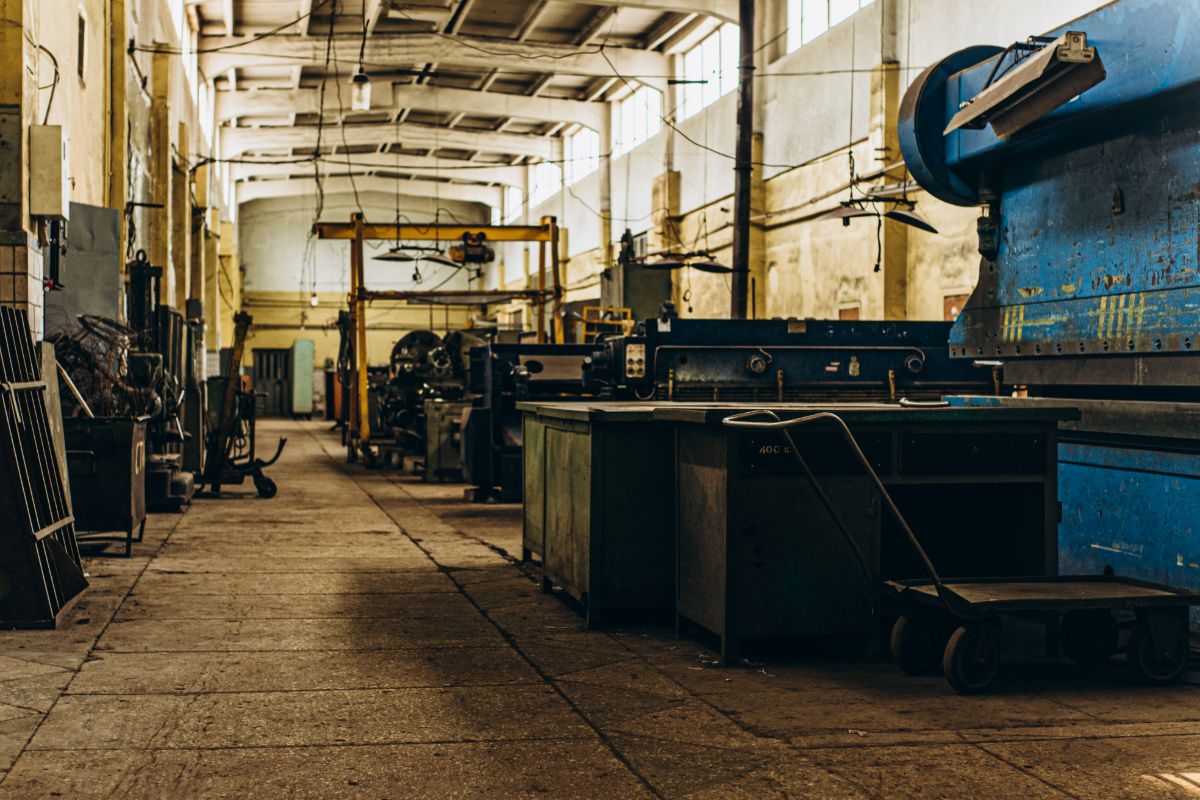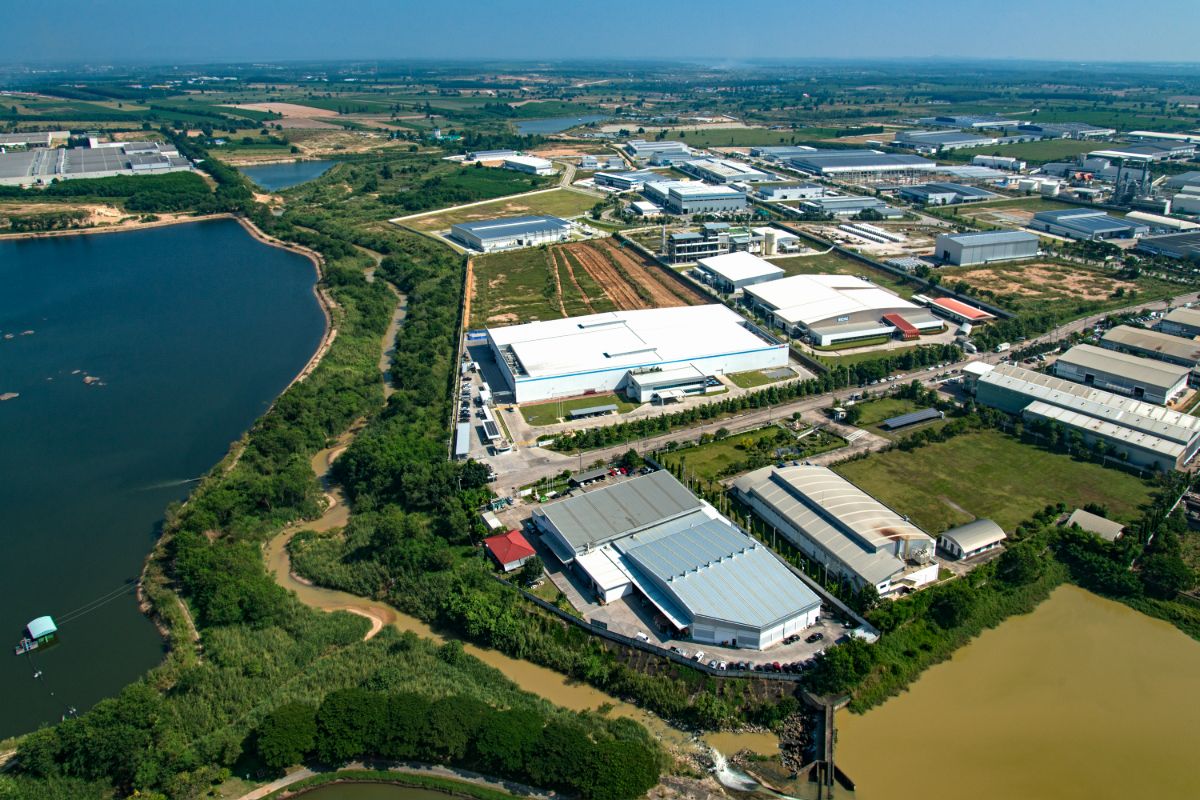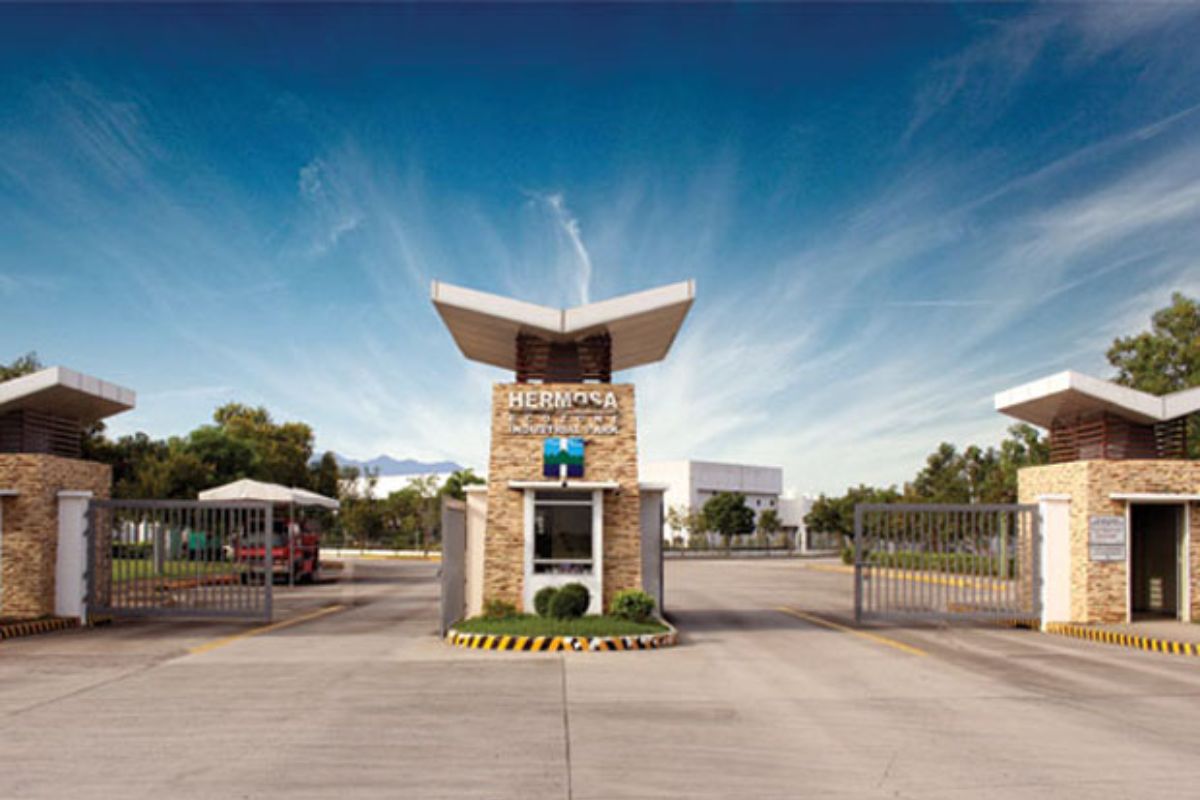Why do LEED certifications matter for industrial parks?
- Boosts environmental sustainability
- Reduces operating costs
- Gain a competitive edge
- Create a healthier environment
Overview
- This article emphasizes the significance of LEED certification for industrial parks, highlighting its impact on sustainability, cost efficiency, and competitive advantage.
- It provides a structured approach to reducing environmental footprints through energy efficiency, water conservation, and waste management, helping parks operate more sustainably.
Forward-thinking developers understand that success goes beyond simply providing space for businesses to operate. Sustainability has become a crucial factor for attracting and retaining top tenants, reducing costs, and enhancing your brand image. This is where LEED certification comes in.
LEED (Leadership in Energy and Environmental Design) is a globally recognized green building rating system that sets standards for sustainable practices in construction and operation. For industrial parks, achieving this certification offers a powerful set of advantages that can significantly impact your bottom line and your reputation. In this article let’s explore why LEED certification matters for industrial parks, and how it can help you build a more sustainable and successful future.
Boosts Environmental Sustainability
LEED certification offers a comprehensive framework for designing, constructing, and operating buildings with a strong focus on environmental responsibility. It addresses key areas such as energy efficiency, water conservation, waste reduction, and indoor environmental quality. These include:
- Location and transportation
- Sustainable sites
- Water efficiency
- Energy and atmosphere
- Material and resources
- Indoor environmental quality
Projects earn points based on their adherence to these criteria, which then determine their certification level—Silver, Gold, or Platinum. When integrating LEED standards, developments not only reduce their environmental footprint but also set benchmarks for sustainable practices in the industry.
Reduces Operating Costs

Implementing sustainable design criteria can significantly lower operating costs through energy-efficient features and resource conservation. High-performance insulation, LED lighting, and smart building controls contribute to reduced energy consumption, leading to substantial savings on electricity bills—a major expense for industrial facilities. Every kilowatt saved not only reduces costs but also lessens the strain on the power grid and diminishes the park’s carbon footprint.
Moreover, adopting water-saving practices such as low-flow fixtures, rainwater harvesting systems, and drought-resistant landscaping further cuts down on water usage. This results in lower water expenses for both the park and its tenants.
Lastly, responsible waste management practices, including waste reduction and recycling strategies, help minimize waste disposal costs. Encouraging tenants to adopt similar practices amplifies these benefits, reducing overall environmental impact while keeping operational expenses in check.
Gain a Competitive Edge
As the sustainability movement grows, particularly among younger entrepreneurs who prioritize environmental responsibility, industrial parks can gain a significant advantage by aligning with these values. Achieving certification demonstrates a strong commitment to sustainability. This makes the park more attractive to tenants who seek workspaces that reflect their environmental goals.
This alignment enables industrial parks to strategically market themselves to companies with specific sustainability objectives. It creates a compelling value proposition that appeals to environmentally conscious businesses. Additionally, these companies may be willing to pay a premium for the benefits offered by such facilities, including lower operating costs and healthier work environments. This can lead to higher rental rates and a strong return on investment.
Create a Healthier Environment

Creating a healthier work environment is at the core of LEED standards. These guidelines focus on reducing indoor pollutants and enhancing air quality, which directly benefits the health and well-being of those working in these spaces.
By incorporating low-emitting building materials, advanced air filtration systems, and natural ventilation, industrial parks can significantly improve the air quality within their buildings. This leads to a healthier and more comfortable environment for employees, reducing the risk of illness and boosting overall productivity.
Additionally, LEED encourages the integration of green spaces within and around industrial parks. Features such as landscaped areas, courtyards, and green roofs provide employees with access to nature, offering essential opportunities for stress relief, improved mental well-being, and physical activity during breaks. These elements contribute to a more positive and supportive work environment, which is crucial for attracting and retaining top talent.
Key Takeaway
Certification for sustainable development is more than just an eco-friendly accolade for industrial parks; it embodies a holistic approach to responsible growth. This encompasses environmental benefits, economic gains, and a commitment to human well-being. As sustainability continues to be a growing priority, this is why LEED certifications matter for industrial parks, presents a strategic opportunity for industrial park developers and owners to future-proof their investments and contribute to a more sustainable future for the industry.
SPPI is more than just an industrial park developer, we’re your gateway to success in the thriving business landscape. Our team of experts is dedicated to providing the knowledge and resources you need to navigate the dynamic market.
Contact SPPI today to discuss how we can tailor our solutions to your industrial land needs. Let’s turn your vision into a reality.



